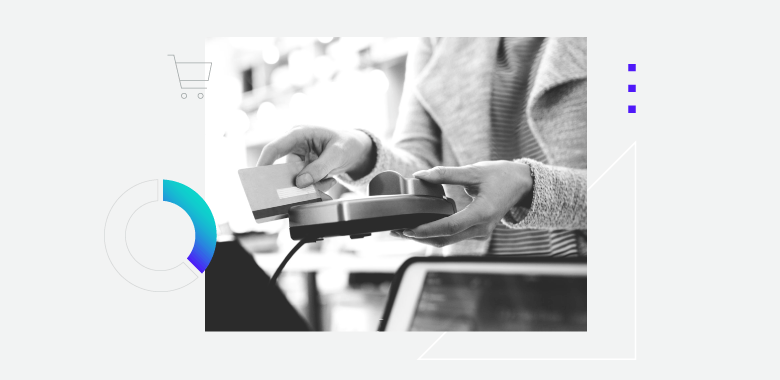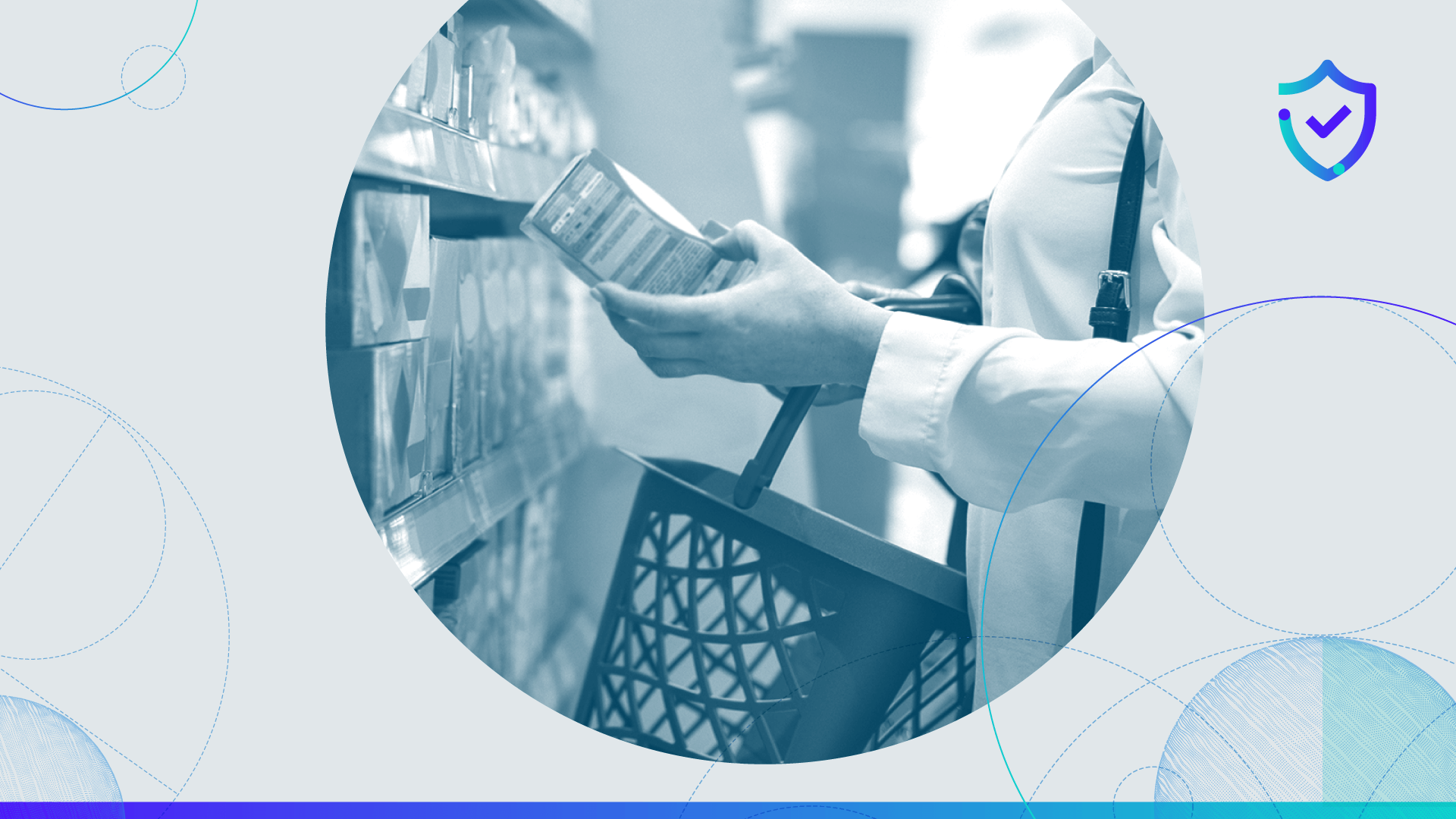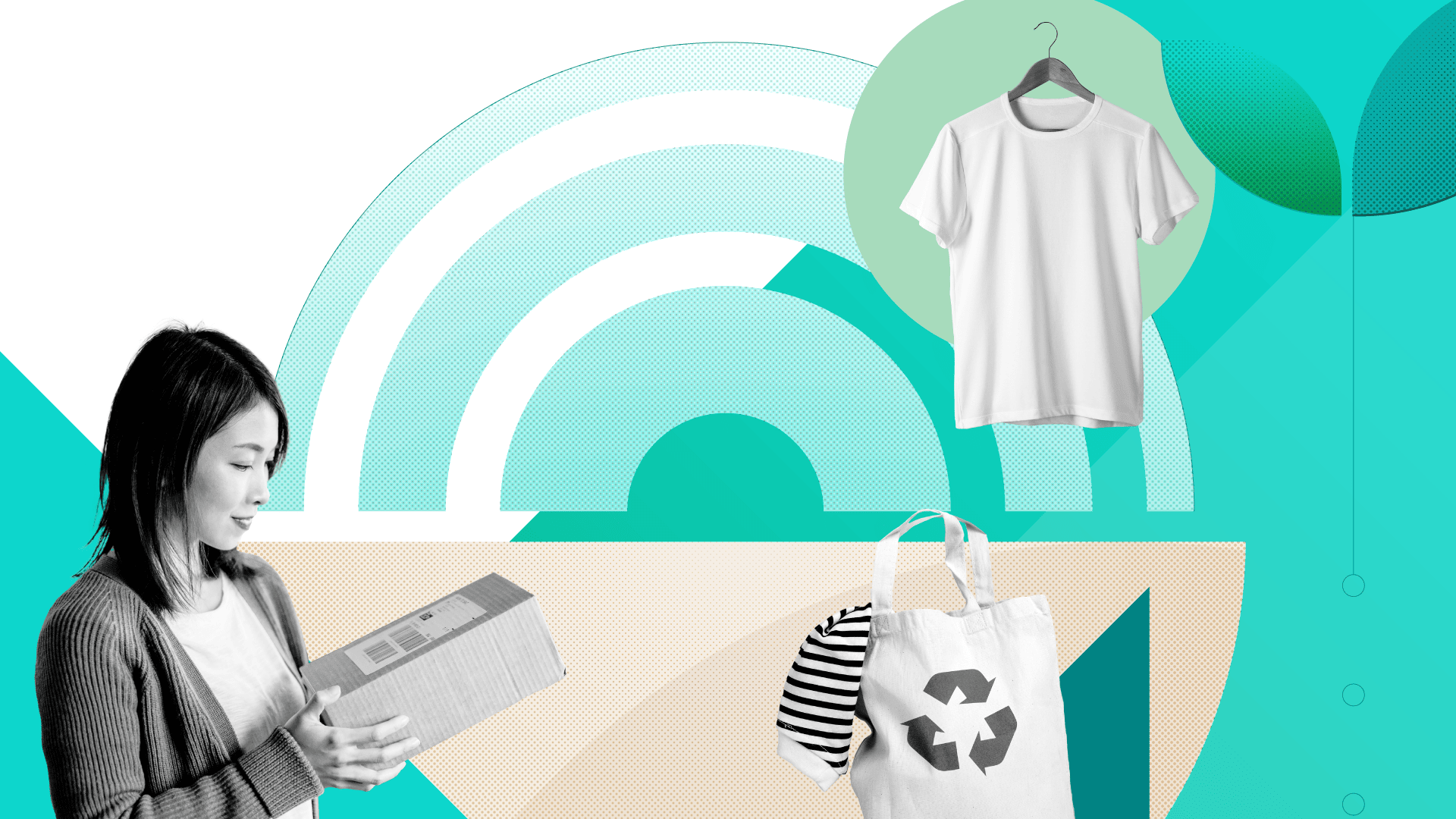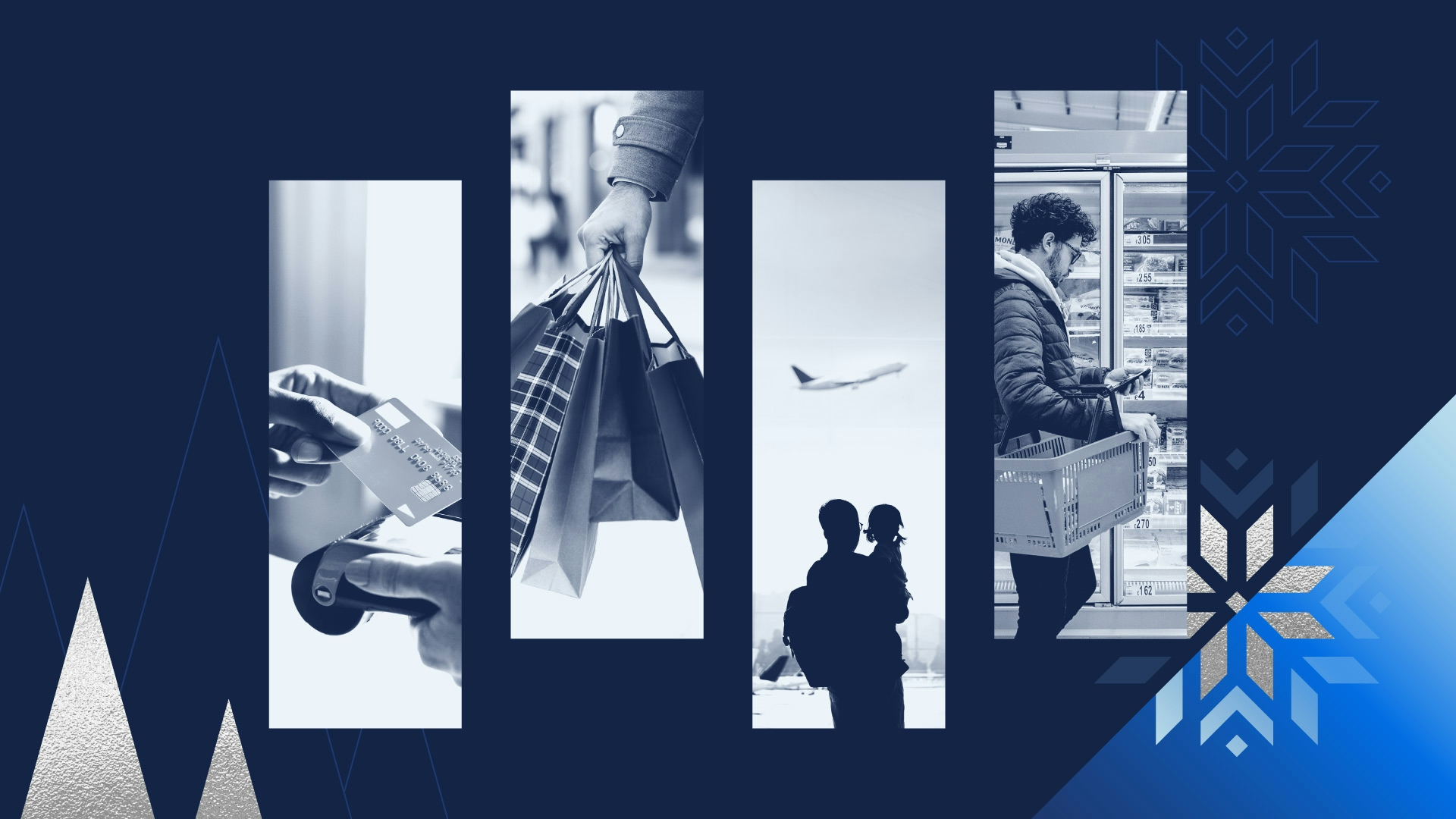
Retail & E-Commerce
The State of Retail & E-Commerce Report: H2 2022
Report summary
For more recent data and analysis, see The State of Retail & E-Commerce Report: H1 2023.
Growth in consumers’ use of e-commerce channels has normalized, and the next phase of growth will require overcoming online and delivery friction. Shoppers reducing discretionary spending due to inflation will make it harder for retailers to continue these investments.
Key Takeaways
- The next phase of e-commerce growth requires more IRL shopping elements: To realize continued online shopping growth, retailers will need to improve their discovery and delivery experiences. Advancing retail technology can help, but consumer adoption is currently lagging.
- Convenient delivery is more important than fast delivery: Shoppers use “buy online, pick up in store” services for convenience more than delivery speed, and most shoppers don’t expect their online orders to come sooner than five days.
- Consumers can’t continue to absorb higher costs, and retailers’ pain will grow: Shoppers have maintained spending in the face of sky-high inflation but are increasingly making trade-offs to accommodate higher prices for essentials. Nonessential categories will struggle in the second half of 2022.
Methodology
Morning Consult Research Intelligence data draws from monthly surveys conducted from October 2021 to June 2022 among roughly 2,200 U.S. adults per month. Additionally, surveys were conducted June 23-30, 2022, among 13,043 total adults across Australia, Brazil, Canada, China, France, Germany, Italy, Japan, Mexico, South Korea, Spain, Thailand and the United Kingdom. Inflation data on pages 24 and 25 draws from a survey conducted July 22-24, 2022, among 2,210 U.S. adults.
The interviews were conducted online, and the data was weighted to approximate respective populations of adults based on gender, educational attainment, age, race and region. Topline results from the surveys have a margin of error of up to +/-3 percentage points.



